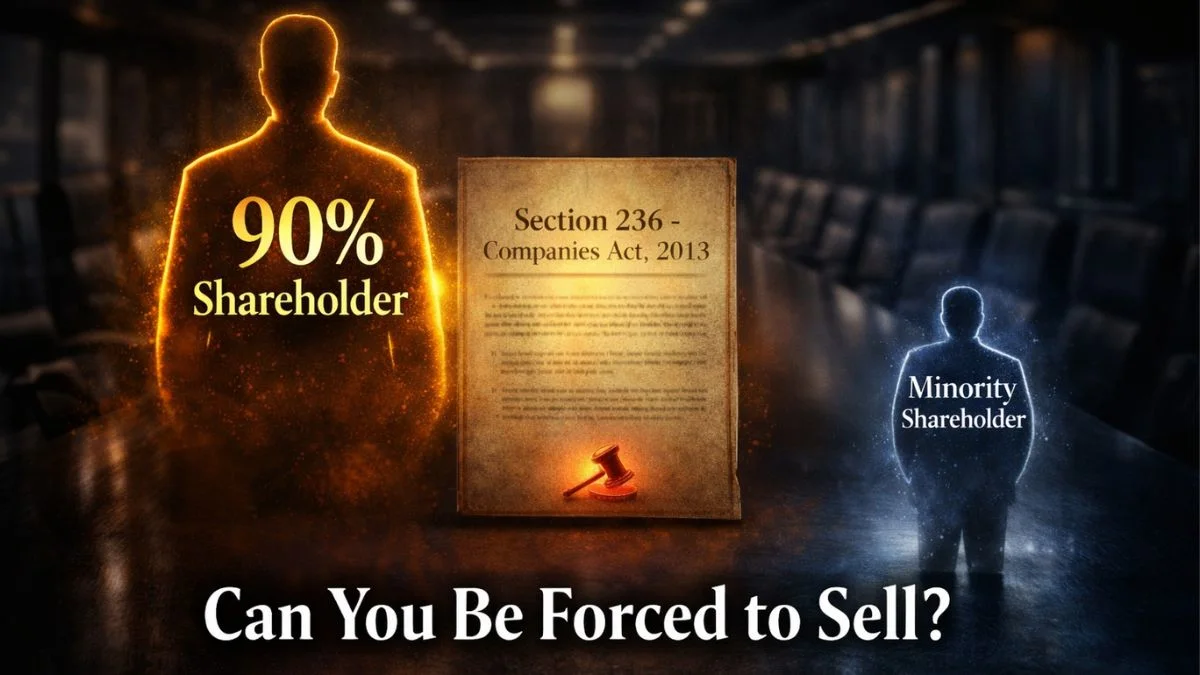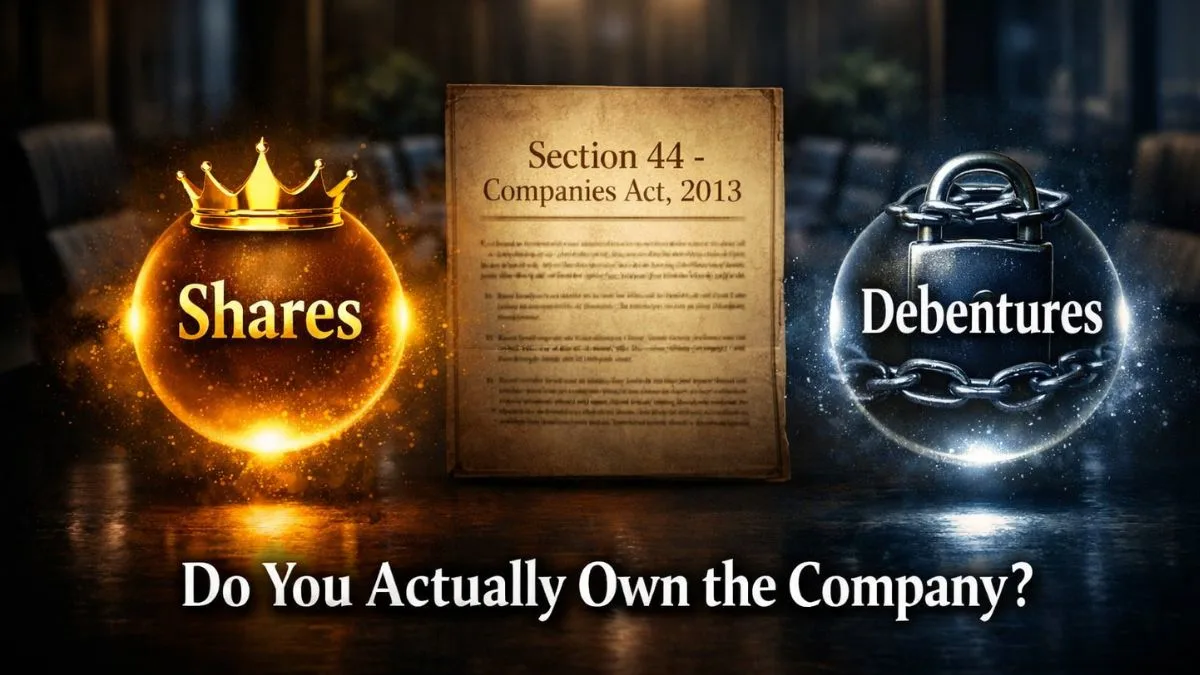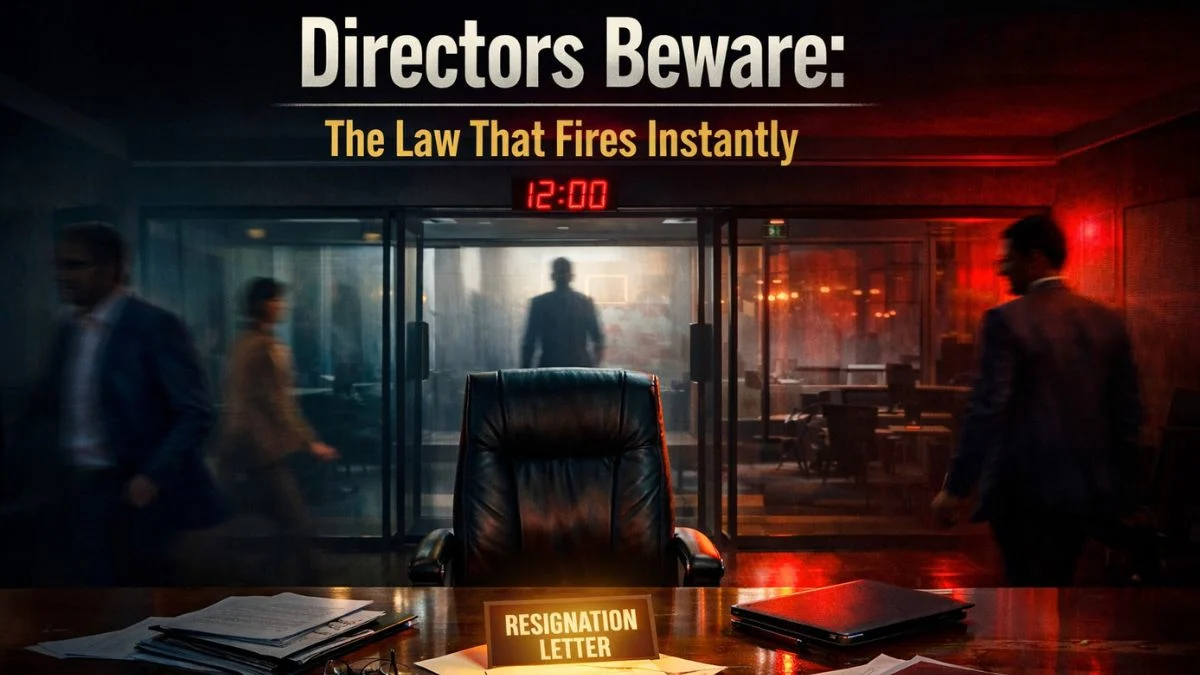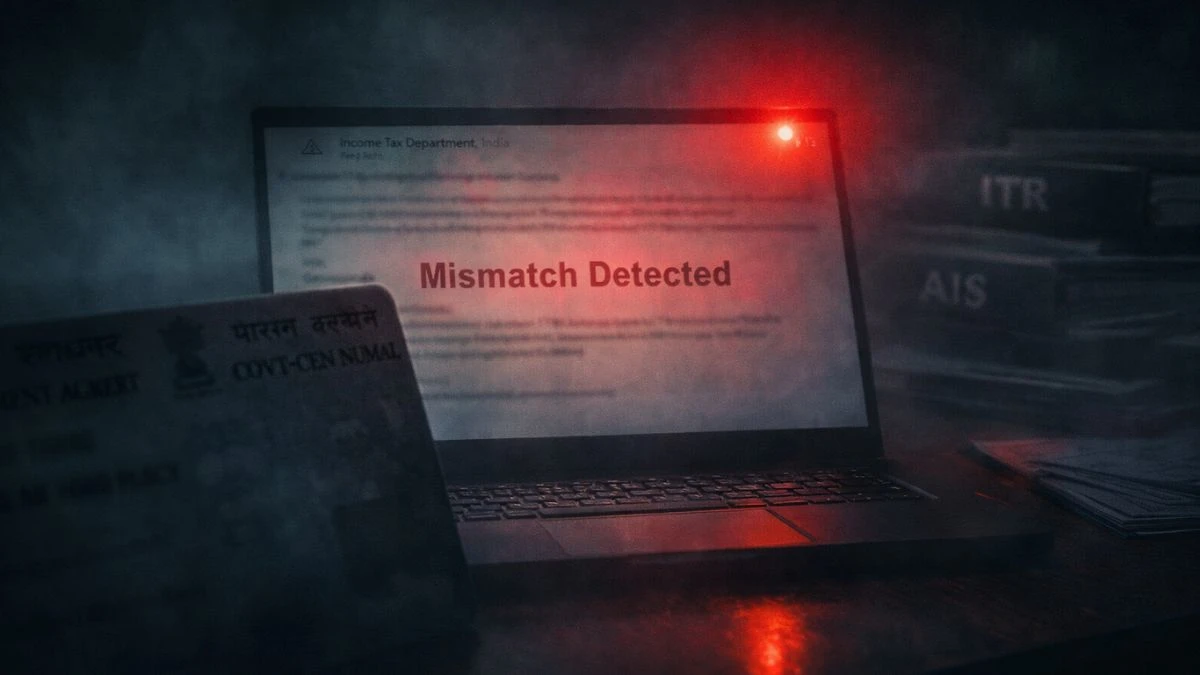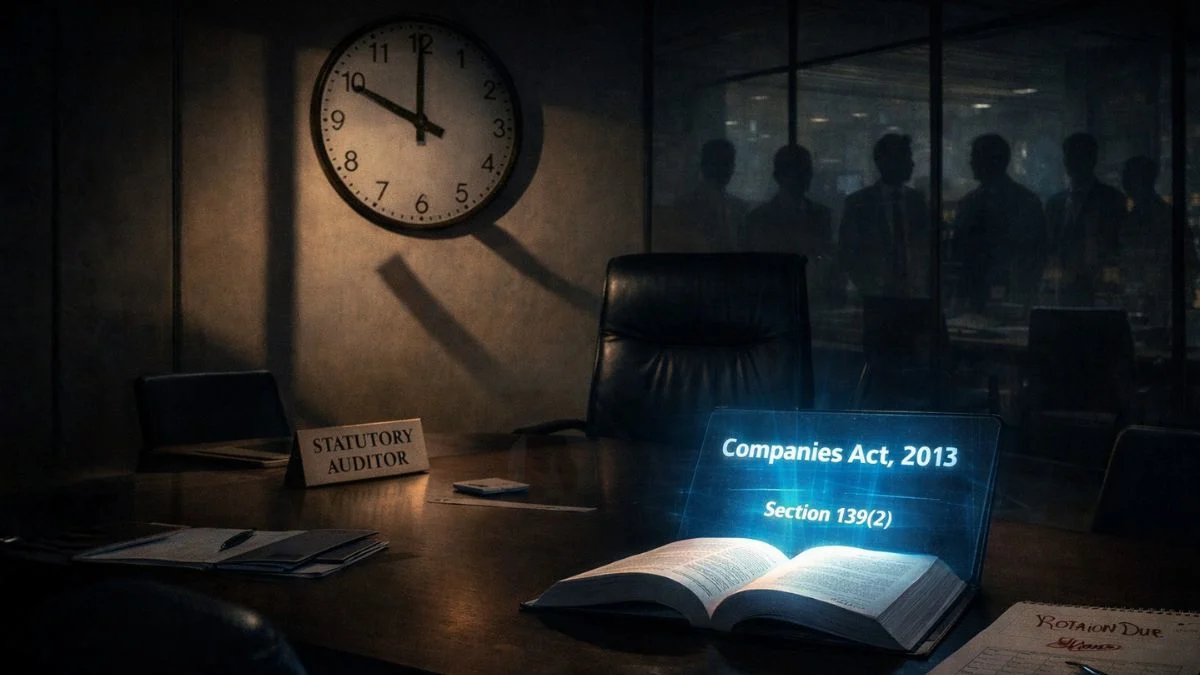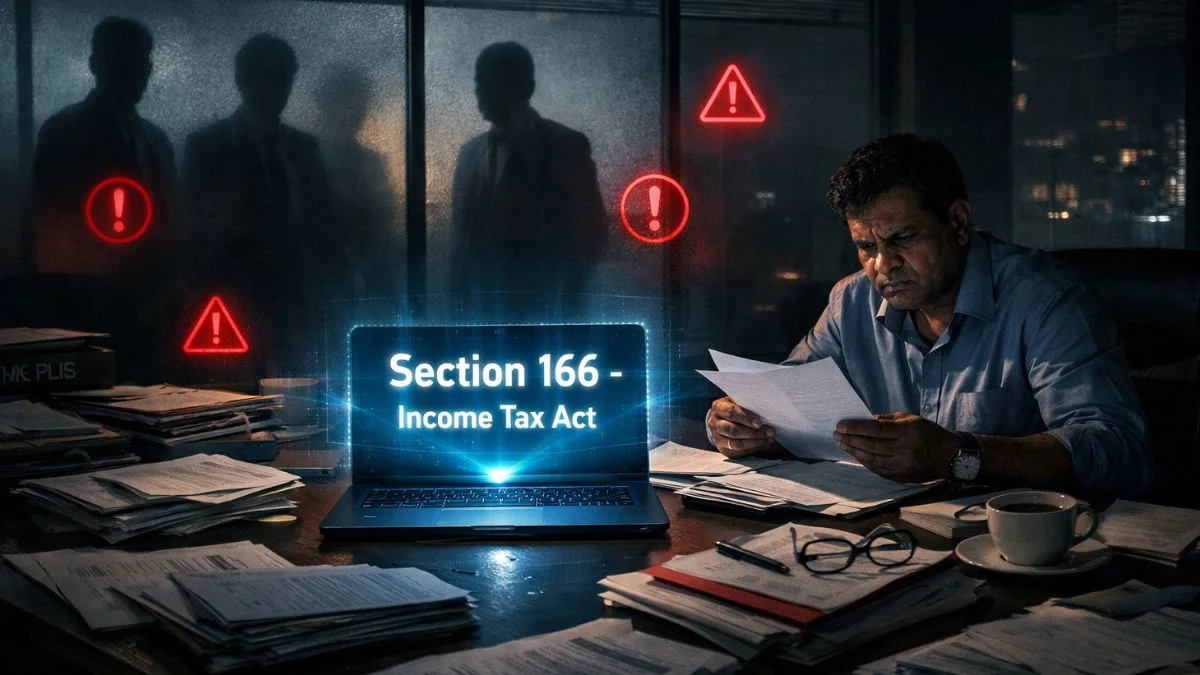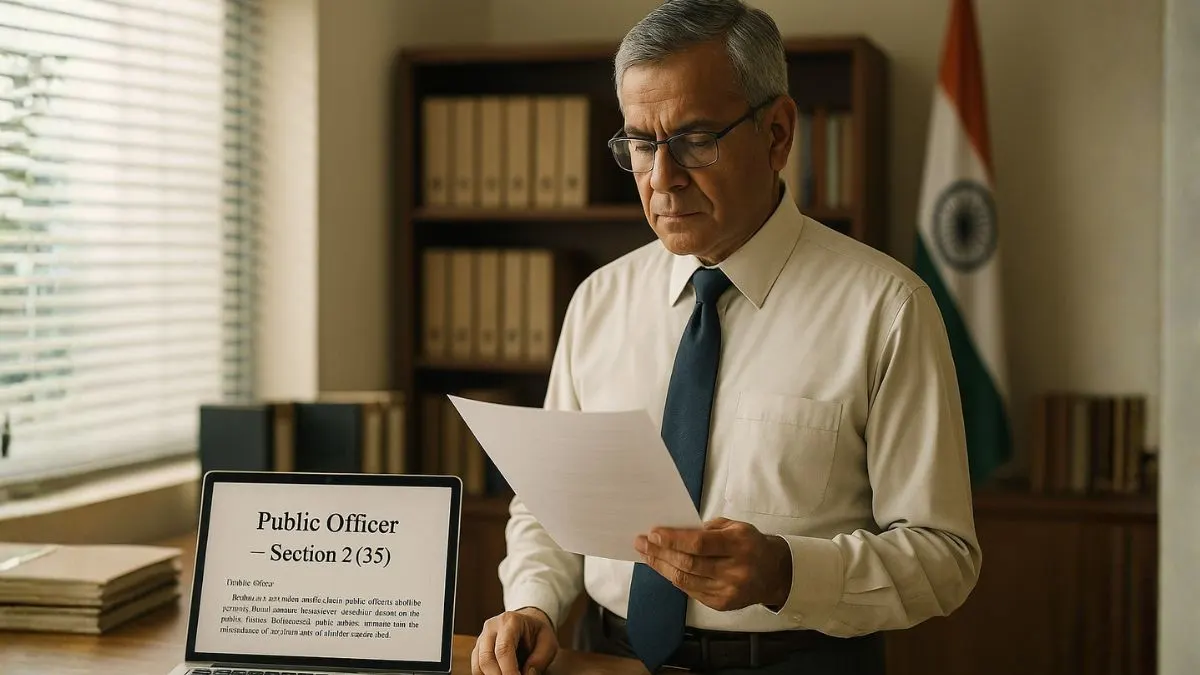
Tax laws are often viewed as technical, but at their core they are about clarity & accountability. Every company — big or small — needs someone who takes responsibility for tax matters. That’s where Section 2(35) steps in. It defines PO in relation to a company as any person connected with the management or administration of its affairs. In simpler words, it tells the Income Tax Department who to talk to when there’s a problem — the person answerable for filings, TDS, and compliance.
Without this definition, companies could easily shift blame through complex hierarchies. Section 2(35) closes that gap by pinpointing who is actually in charge.
Why the Definition Exists
Since companies are legal entities & not living beings, someone must represent them for tax purposes. Section 2(35) assigns that responsibility. It ensures every organization has a clearly identified person who is answerable to tax authorities. This prevents confusion during assessments or notices and stops companies from claiming “no one was personally responsible.” It is the law’s way of ensuring there is a human face behind every corporate signature.
Who Qualifies as a Principal Officer (PO)
The term Principal Officer under Section 2(35)** includes:
- Every person connected with the management or administration of the company; and
- Anyone whom the Assessing Officer specifically designates as a Principal Officer."
This could be the CEO, CFO, finance controller, or company secretary — anyone with authority to sign returns or deal with the department. It is a broad yet precise definition that ensures no one can evade responsibility by hiding behind a title.
How Section 2(35) Links with Corporate Liability
Under the Income Tax Act, companies are treated as taxpayers just like individuals. When defaults occur — non-payment of TDS, inaccurate returns, or non-compliance — someone must answer for it. That someone is the Principal Officer. By identifying them, Section 2(35)** creates a direct path for accountability and legal communication. It prevents the “blame game” often seen in large corporates.
Also Read: The Law That Holds Company Directors Personally Liable for Tax Offences
Judicial Interpretation – Bombay High Court Case
A key moment came when the Bombay High Court quashed a criminal case against an independent director who was prosecuted solely because of his designation. The Court held that merely holding an office in a corporate entity is not sufficient to fix liability. The judges stressed that liability must be based on actual involvement in the company’s management — not titles on paper. Independent and non-executive directors are meant to provide oversight, not handle daily operations.
This ruling offered much-needed protection for professionals serving on boards & reinforced a simple truth: under Section 2(35), responsibility follows control and action, not mere association.
Key Takeaways from the Judgment
✅ Connection to management is essential. Simply being a director doesn’t make one liable.
✅ Intent & knowledge matter. There must be proof of awareness or involvement.
✅ Titles don’t equal control. Actual decision-making is the test.
✅ Independent directors protected. The law recognizes their limited roles.
Responsibilities of a Principal Officer
A Principal Officer’s duties cover everything from filing returns to responding to notices. They must ensure accurate TDS deduction, maintain records, and supervise timely payments. Non-compliance can lead to penalties under Sections 276B and 278B — including prosecution for serious offences.
Their role is central to corporate tax governance & should never be treated as a formality.
Overlap with Other Corporate Laws
Section 2(35) often interacts with the Companies Act 2013, which defines “officer in default.” While the two laws serve different purposes, both focus on identifying those who truly control a company. Tax authorities and courts look at meeting minutes, financial signatories, and decision records to determine who actually managed the business.
Practical Implications for Companies
For corporates, this definition is a compliance cornerstone.
- Formally appoint Principal Officers through board resolutions."
- Keep clear delegation records & internal checklists.
- Independent directors should record their limited involvement in minutes.
Such clarity helps avoid personal liability in case of tax disputes.
Also Read: When TDS Defaults Turn Into Criminal Offences
Connection with Section 160 – Representative Assessee
Section 160 of the Act refers to the Principal Officer when defining a “representative assessee.” That means this person represents the company before the department, receives notices, and handles appeals. It’s a crucial link that makes Section 2(35) practically operative.
Special Provisions for Electoral Trusts
The law also creates special provisions relating to voluntary contributions received by an electoral trust. Here, trustees or managers are treated as Principal Officers under Section 2(35). They must keep proper records, audit statements, & ensure that 100 % of donations are passed to registered political parties in line with Section 13B.
Transparency is non-negotiable in these cases.
International Perspective
Many countries like the UK and Singapore use similar concepts such as “responsible officer.” India’s Section 2(35) is broader, bringing even informal decision-makers within its scope. At the same time, judicial oversight ensures the definition is applied fairly and not misused.
Compliance Checklist
✅ File returns and TDS statements on time.
✅ Reply to all Income Tax notices promptly.
✅ Maintain records of voluntary contributions.
✅ Document board resolutions on responsibility.
✅ Keep directors indemnified for non-management acts.
Independent Directors – A Word of Caution
Even though courts have offered relief, independent directors must remain vigilant. If they sign returns or approve financial statements without review, they may still appear to be involved in the company’s management. Proper documentation is their best defense.
Case Study – Electoral Trust Compliance
Imagine an electoral trust that receives ₹10 crore in donations. The trust must transfer the entire amount to recognized political parties & submit audited statements to both the Election Commission and Income Tax Department. Here, the trustee or CEO acts as the Principal Officer responsible for ensuring that every rupee is used transparently and lawfully.
Summary Table – Section 2(35)
|
Aspect |
Details |
|
Section Name |
Section 2(35) of Income Tax Act |
|
Defines |
Public Officer (Principal Officer) |
|
Meaning |
Any person connected with management or administration |
|
Judicial Relief |
Bombay HC – independent director not liable |
|
Principle |
Merely holding office is not enough |
|
Extended Use |
Electoral trusts & voluntary contributions |
|
Purpose |
Fix responsibility for tax compliance |
Conclusion
To sum up, Section 2(35) of the Income Tax Act is more than a technical definition — it is a framework of responsibility. It ensures that within a company, someone is clearly answerable for tax matters & that liability is fairly placed on those who actually control operations. The recent Bombay High Court ruling strengthened this fairness by protecting independent directors and re-emphasizing that only those with real decision-making authority can be held accountable. If you are a business owner or director, understanding this section is vital for staying compliant and protected.
For personalized guidance on corporate tax & officer liability, reach out to Callmyca.com — where expert CAs help you interpret the law and build a strong, compliance-ready organization.

